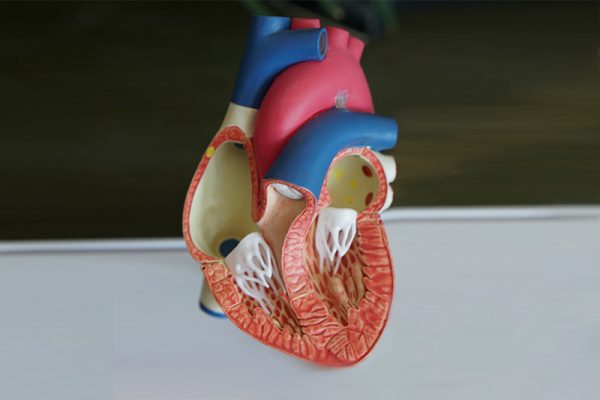Conditions
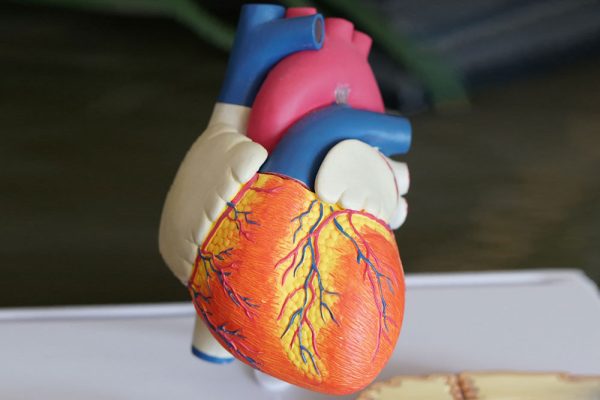
Mitral valve prolapse (MVP) is a common heart valvular condition in which the mitral valve bulges back into the atrium. This abnormal valve can allow blood to leak backwards from the left ventricle into the left atrium causing what is called mitral regurgitation or a ‘leaky valve’. Mitral valve prolapse is the most common cause of mitral regurgitation.

Peripheral vascular disease is a disease of the arteries of the circulatory system due to atherosclerosis. Atherosclerosis is a gradual build-up of fat in the arterial walls depriving the limbs of the oxygenated blood flow it needs. Atherosclerosis is not confined to one artery but may involve other areas as well. Most commonly peripheral vascular disease is seen in the legs and is noticed by intermittent pain while walking.

Pulmonary hypertension is an increase in blood pressure within the arteries of the lungs and the right side of the heart. When the blood vessels of the lungs become narrowed, pressure builds up in these arteries, therefore called pulmonary hypertension (high blood pressure).
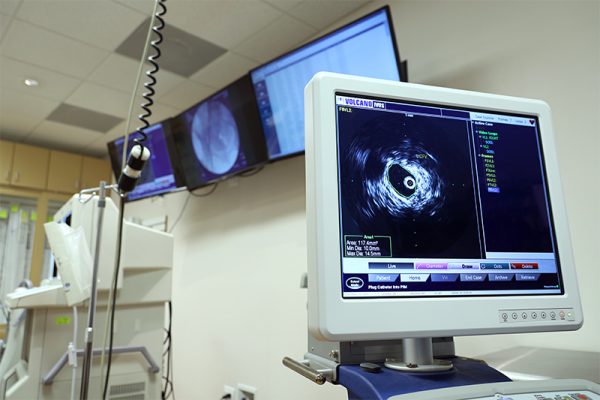
Renal artery stenosis is the narrowing of one or both of the arteries that carry blood to the kidneys. This may cause high blood pressure and reduced kidney function. The most common cause of renal artery stenosis is atherosclerosis due to the formation of fatty plaques on the inner lining of the arteries.
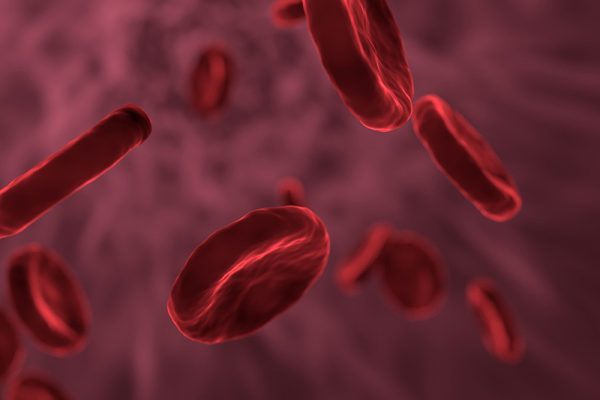
Renal insufficiency, sometimes called renal failure or kidney failure, occurs when the kidneys lose their ability to filter waste products from the blood and cannot regulate the body’s balance of salt and water. Urine production slows and waste products and water accumulate in the body.

A stroke is a medical emergency causing neurological injury to the brain due to ischemia or hemorrhage. Ischemia to the brain means a portion of the brain is not receiving blood and oxygen. Hemorrhage means there is bleeding in the brain due to a ruptured blood vessel.
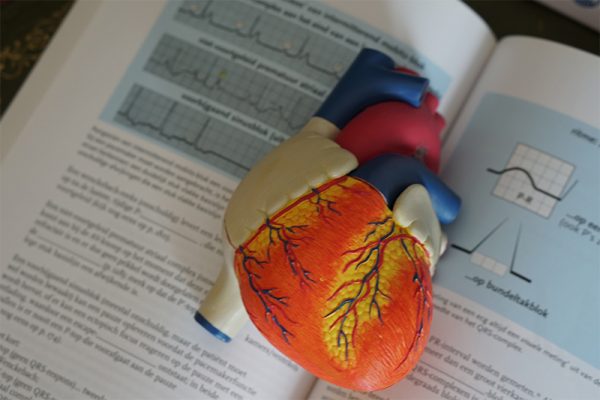
Antimicrobial prophylaxis is indicated for patients with ‘High Risk’ conditions who are undergoing dental and other procedures. High risk patients have a greater risk of developing an adverse outcome if Infective Endocarditis were to occur.

Syncope is defined as a brief loss of consciousness with an inability to maintain postural tone that is followed by a rapid and complete recovery. Syncope is common and about one-third of the population experiences a syncopal episode in their life. Syncope may be an alarming sign in some people who have a serious underlying medical condition.
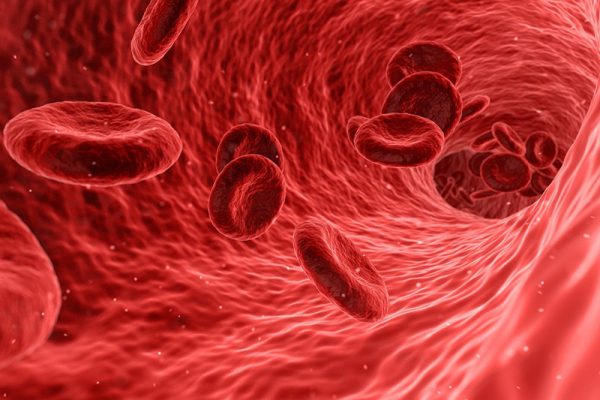
Venous insufficiency is a condition which affects the veins of the legs. In healthy veins, blood is pumped from the legs up to the heart. Blood is pumped upwards due to a series of valves within the veins directing blood flow from the superficial veins to the deep veins leading back to the heart. Contraction of the calf muscles also aid in pumping the blood flow back up to the heart.

